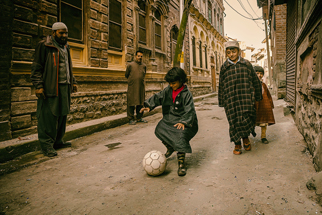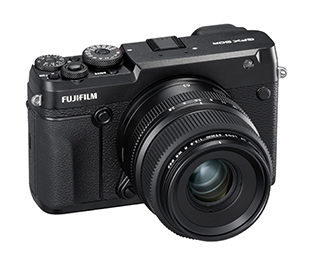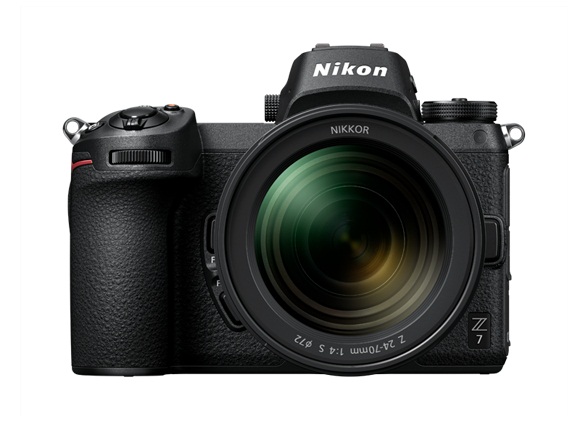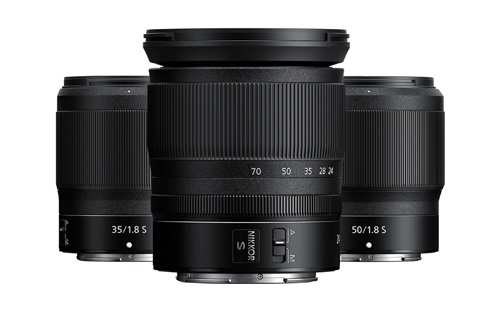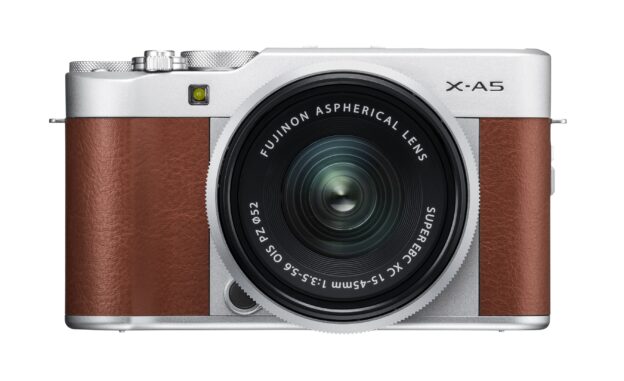Fujifilm India recently announced the
launch of FUJIFILM X-A5. Sporting a retro and stylish design, the
camera is said to offer a host of features including a 180-degree
tilting rear LCD screen, the latest built-in Bluetooth technology and
an extended battery life.
Fujifilm X-A5 boasts a 24.2MP APS-C
sensor, which is equipped with a phase detection autofocus system,
and a newly developed image processing engine that, according to the
copmpany, is 1.5 times faster than previous models. In addition, when
combined with the new collapsible FUJINON XC15-45mmF3.5-5.6 OIS PZ,
the X-A5 reportedly weighs just 496g, making it the lightest
camera-zoom kit lens combination in the X Series.
Commenting on the occasion, Mr. Haruto
Iwata, Managing Director, Fujifilm India Pvt. Ltd. said, “The
advantage of an X Series mirrorless camera lies in its compact size
packed with cutting edge innovative technology and unique features
that provide great controls along with excellent color reproduction
and image quality. Fujifilm X-A5 is an affordable solution with high
precision, packed in an enhanced camera body to provide a refined
photography experience to budding photography enthusiasts. With this
camera our aim is to promote photography among amateurs, and to
enable them with infinite possibilities for capturing magnificent
images with confidence.”
According to a report almost 1.8
billion digital images are uploaded on the web every day. The company
claims that the X-A5 is particularly designed for Instagrammers and
for those who consider photography as a lifestyle and like to log
their moments. The X-A5 reportedly includes features beyond a
smartphone’s reach by offering a much wider range of viewing angles
and depth of field effects, alongside great image quality.
According to Fujifilm, combining a
newly-developed sensor and color reproduction technology that has
been refined over 80 years to deliver premium quality portraiture,
the X-A5 combines a newly developed 24.2 megapixel APS-C sensor with
the image processing engine to achieve Fujifilm’s renowned photo
quality. Combined with the supplied FUJINON lens, the camera claims
to provide ultimate image resolution, recording the subject’s
texture, form and even the atmosphere of the scene. The company also
claims that the camera outperforms previous models in its scene
recognition accuracy in SR+ AUTO mode, color reproduction performance
and skin tone reproduction capability which is particularly popular.
This makes the X-A5 the perfect choice for photographing human
subjects.
The regular range of ISO sensitivity
has been reportedly extended to ISO12800. The X-A5 is reportedly the
first X-A Series model to feature phase detection pixels, originally
developed for the X series’ high-end models. The Intelligent Hybrid
AF speed is twice as fast as previous models, according to the
company, ensuring that you capture those photographic moments more
swiftly and beautifully.
The X-A5 debuts the new FUJINON
XC15-45mm F3.5-5.6 OIS PZ, the first electric-powered zoom lens for
the X Mount. The lens reportedly has the minimum working distance of
just 5cm*4, ideal for clear close-up shots, such as food photography.
The smooth electric-powered zooming mechanism that starts from the
wide-angle 23mm end (on a 35mm format) reportedly gives greater
freedom in composition framing for both still images and video.
The company also stated that the X-A5
is equipped with a large rear LCD monitor that can rotate 180
degrees. When the panel is rotated 180 degrees, the Rear Command Dial
automatically switches to the Zoom and Shutter Release function. The
180-degree rotation of the rear LCD monitor also activates the Eye AF
function automatically to create high quality self-portraits with
sharp focus on the subject’s eyes. The Portrait Enhancer Mode, offers
its popular ability to produce beautiful skin tone, and has also
evolved with the new user interface to select from three levels of
skin tone enhancement with touch-screen operation for easy, natural
and flattering self-portraits.
The X-A5 reportedly offers 11
variations of Fujifilm’s unique Film Simulation Modes, adding an
advanced artistic flair easy with the reproduction of film-like color
tones. The camera also features 17 variations of Advanced Filters
including the new “Fog Remove” and “HDR Art.”
The rear LCD monitor is said to use the
new touch-panel GUI, facilitating intuitive touch-panel operation
using fingertips so that you can check the effect of Advanced Filters
and Film Simulations for added usability.
The Exposure Compensation Dial now
reportedly has the range expanded from ±3EV to ±5EV to boost
freedom in photographic expressions.
The Bluetooth Low Energy technology has
said to have been incorporated for quick, easy and automatic transfer
of still images and videos to paired smartphones and tablet devices,
using the free smart-device app “FUJIFILM Camera Remote”. The
camera is also compatible with FUJIFILM instax SHARE SP-3 printer.
The X-A5 reportedly offers a High-Speed
HD Video function, allowing users to record HD video up to quad speed
for slow motion clips. The Multi Focus Mode automatically synthesizes
4K quality images with changing the depth of field setting. The 4K
Burst function offers to shoot 15 frames per second in 4K image
quality. The X-A5 is also said to offer the class-leading number of
photos per charge. Users can shoot as many as 450 photos per single
battery charge.

